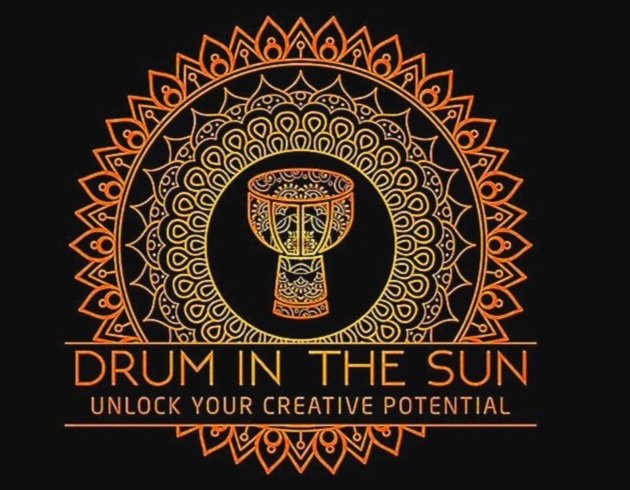
FAQ
Common Questions
The Rhythms
Every rhythm and dance has a symbolic meaning. Generally, they fall into four broad categories: Animals, Changes of Season, Ethnicity and Rituals.
Spirit of the Djembe
The djembe is said to contain 3 spirits - those of the tree from which it is carved, the animal whose skin covers the drum and the craftsman’s. The drum wood is extremely durable and covered with a relatively thick skin. The drum is played barehanded.
Dance of the hands
The rhythms reflect a dance of the hands on the drum skin, the sounds of which may lead to a deep, meditative state. Compared to other instruments, the technique of the djembe is easier to learn. Although practicing is encouraged, enduring sessions are not necessary to produce the traditional tone-rich sounds. The djembe, like any other instrument, is best-served by precise rhythm and timing.
Dunun
The impressive dununba drum family consists of 3 drums. The largest being the dununba or "mother" drum, the medium-sized sangban which controls the melody and the metronome purposed smallest drum the kenkene, are covered with thick cow skin and provide a profound boom which pleasingly contrasts and complements the sharp, high-toned slaps on the djembe. With thick sticks, the dunun players pound penetrating base rhythms, accented with the bright buoyancy of attached metal bells.
Why practice?
Many drum students do not realize that by practicing, learning and mastering traditional forms and exercises it is beneficial and allows much more freedom and variety in our playing styles.
Building and exercising your hands and brain muscles in new pathways gives us more to draw on and employ, regardless of where or how you play.
Whether you pursue traditional, free-form or hybrid styles, training in the fundamentals is extremely helpful in expanding your creative expression.
Practicing and mastering new patterns and repeating them expands our repertoire and awareness. Pay your dues by practicing and build on the fundamentals. When you have the “chops”, you can confidently sit in and throw down with anyone in a confident, humble way.
The cornerstone of a solid foundation is getting the technique of the tones, playing the rhythms and knowing how parts interlock - how what you are playing fits in with the overall piece. No matter which direction you go, your solid foundation in the fundamentals will take you there. Train your muscles at “the rhythm gym”. Learn to throw the proper combinations and you will be ready to step in the ring. Or circle.
Once you have paid your dues, the fun part is letting go and jamming. You don’t even have to think about it.
The wonderful reality about playing hand drums is it offers us the opportunity, once the piece is percolating, to let go and transcend thinking. Surrendering bears sweet satisfaction. Daily practice will facilitate this goal. I can not emphasize this enough. Practice, practice, practice. Burn the fundamentals into your being.
What you invest - your time, energy, study and sweat - is revealed in what you play.
I am a beginner, will this help me?
Beginners are welcomed and encouraged and courses are built specifically to meet their needs. I suggest every beginner start here
I am advanced will the classes be too basic?
It depends on what your goal is. If you are a multi instrumentalist with a lot of experience with music but not hand drumming or African style drumming it would benefit you to start at the beginning. If you have a fair amount of experience with African Djembe style drumming then I suggest my intermediate course here

